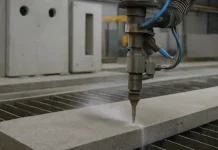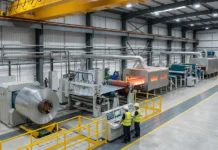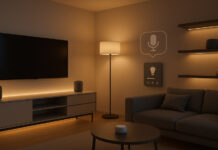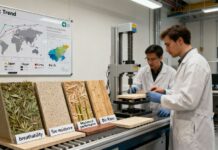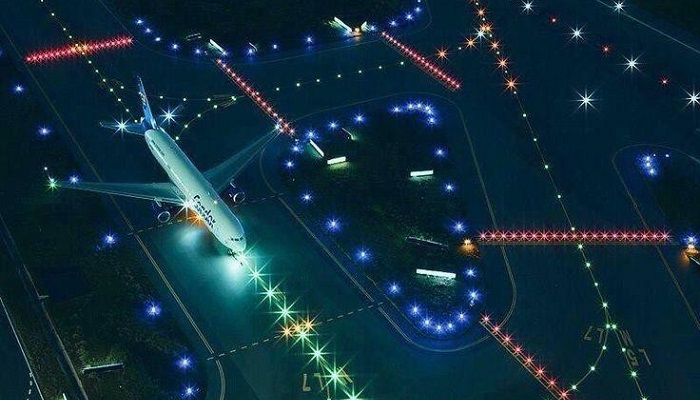Some of the things that are making the global airport lighting market grow are improvements in lighting technology, like LED (Light Emitting Diode) technology. When compared to regular bulbs, LED lights last a lot longer. They can last up to 50,000 hours or more, which means that airport lighting systems don’t have to be fixed or replaced as often. Installing and keeping airport lights, on the other hand, is likely to slow the market’s growth over the next few years.
A study called “Airport Lighting Market” was released by Allied Market Research. The study says that the market for airport lighting was worth $1.6 billion in 2023 and will be worth $1 billion by 2030, after growing at a rate of 7.5% per year from 2024 to 2030.
What makes growth possible
The world market for airport lighting is growing because more flights are being flown at night, among other things. Enough lighting is needed to keep things running easily at night, so planes can stick to their plans and people can travel whenever it’s most convenient for them. But worries about security slow down market growth to some degree. The global airport lighting market can also grow by combining it with smart airport technologies, which can be very profitable.
There are different types, positions, technologies, and regions that make up the airport lighting plants market. The market is split into runway, taxiway, and yard lighting systems based on type. The market is split into three groups based on position: in-pavement lighting, high lighting, and PAPI. The market is split into two groups based on technology: non-LED and LED. The market is looked at in terms of North America, Europe, Asia-Pacific, and Latin America and the Caribbean.
The catwalk section is likely to stay the biggest type for the next few years.
Airport lighting is usually placed along the sides of the runway to help determine its borders. This makes it easier for pilots to find the runway’s direction and alignment, especially at night or when vision is low. Runway edge lights are usually white, but they can be different colors to show different parts of the runway. For example, red lights show where the runway ends and amber lights show where the boundaries are moved.
During the time of the forecast, the in-pavement lighting section is projected to be the leader.
One of the main jobs of in-pavement lights is to mark the edges of runways and taxiways so that planes can move without hitting anything. To do this, runway edge lights are put in place. These lights are usually buried along the sides of the runway ground. These lights give off a steady white or yellow light, based on how the airport’s lights are set up. This gives pilots a clear visual reference to keep their side position while taking off, landing, and taxiing. By making the edges of the runway clear, these lights help keep planes on the runway and make sure they stay in their designated areas, which lowers the chance of crashes or accidents.
During the projection period, the LED lighting segment led the airport lighting market.
LED lights usually last 50,000 to 100,000 hours or more, which is a lot longer than incandescent, fluorescent, and HID lamps. This longer life means that airports will need less upkeep and spend less on replacements because LED lights need fewer replacements over their useful life. Because LED lights last longer, they are also better able to handle things like shocks, changes in temperature, and moisture, all of which are common in airports.
Asia-Pacific will still be the most important region by 2033
To keep up with the rising demand for air travel, countries in the Asia-Pacific region have put a lot of money into airport facilities, such as lighting systems. China has put a lot of money into upgrading and improving its airports because it has one of the fastest-growing airline businesses in the world. To handle the large number of planes that come and go, major airports like Beijing Capital International Airport and Shanghai Pudong International Airport have new lighting systems that include precision approach path indicators (PAPIs), runway edge lights, and apron lighting.
The study goes into great depth about these major players in the world market for airport lights. To get a bigger part of the market and keep their big leads in different areas, these companies have used a variety of tactics, such as releasing new products, working together, growing, starting joint ventures, making deals, and more. The study is useful because it shows how businesses are doing, their product lines, working groups, and the strategy moves that market players are making to show how the competition is doing.





